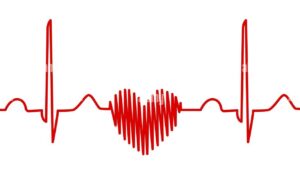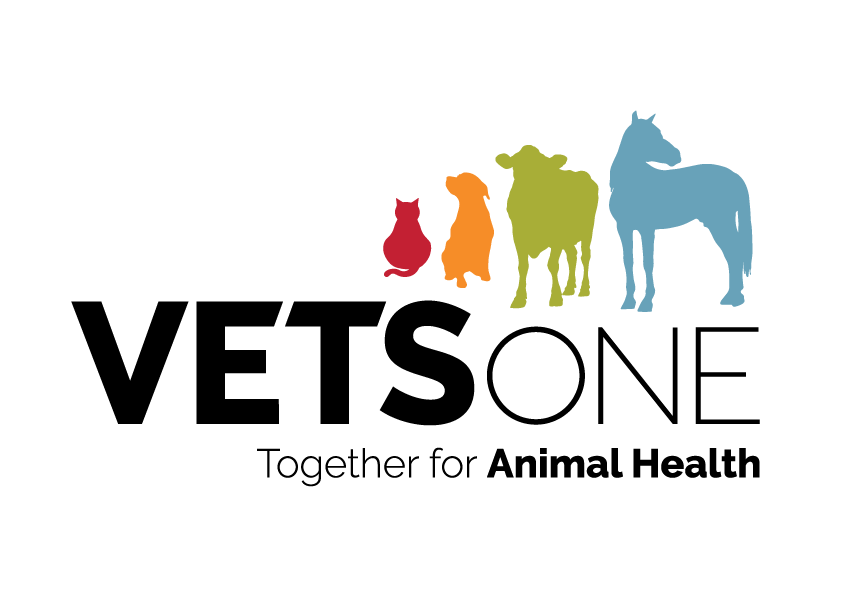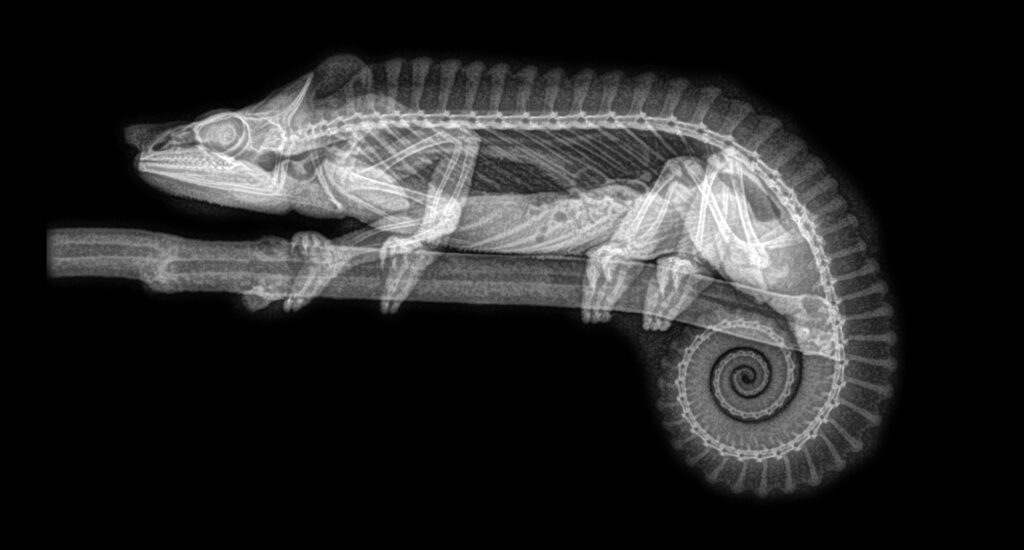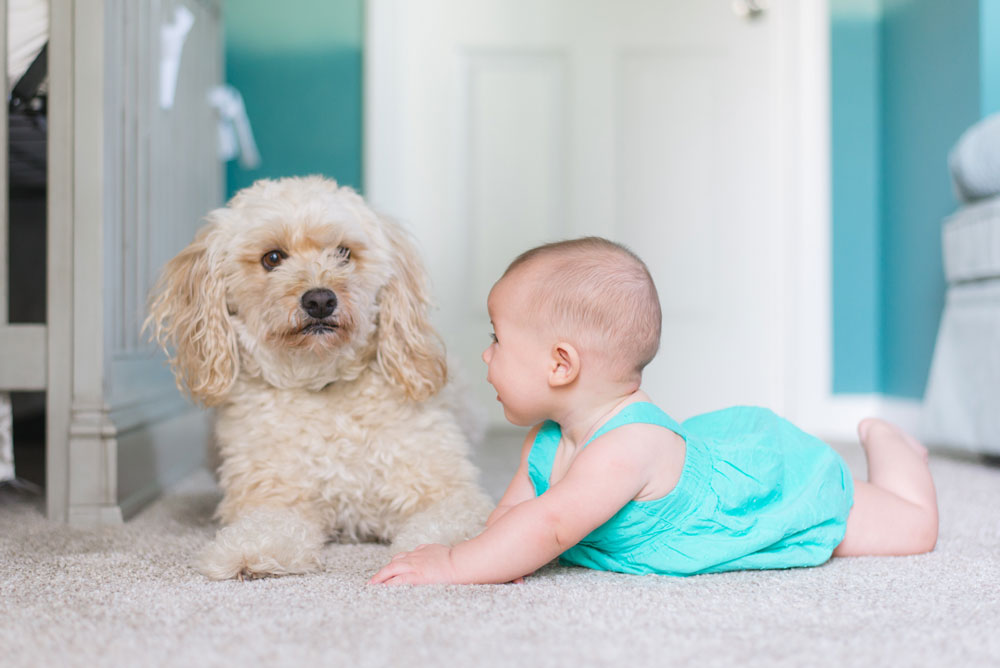When it comes to technology that helps your pet, the veterinary science field just keeps growing exponentially and much of what is available in human medicine very quickly becomes available for our pets. There are some things that technology performs that simply couldn’t be achieved any other way. And as part of our philosophy of providing the care your pet needs and deserves, VetsOne has invested heavily in technology so that you can be confident your pet has the best options available to them. Here are just a few examples of this:
Radiography: VetsOne uses computer radiography, meaning xray results are available within a few minutes of the xray being taken. This is used in consult; for example, with a lame dog, in hospital; for example, a pet that hasn’t eaten and has potential abdominal issues, or in surgery; for example, checking the placement of orthopaedic implants before surgery is concluded. Xrays are high quality and now stored using cloud technology so they can be available for years going forwards. Radiography is performed in our purpose built diagnostic room, which is fully lead lined for safety.
Ultrasound: is also available in our diagnostics room. This is now an integral part of working up an internal medicine case, especially if abdominal issues are suspected. When performed in combination with radiography, there is a large amount of information that can be gained about organs like; liver, kidney, spleen, bladder, pancreas and the intestinal tract itself, all safety performed under sedation and non-invasively.
Anaesthetic monitoring. Once upon a time, monitoring of patients was all performed manually by a nurse checking breathing, heart rate and rhythm, eye position and mucous membrane colour as indicators of how deep our patients were, and how they were coping being under general anaesthesia. Whilst our nurses are good at what they do, this form of monitoring doesn’t give us nearly as much data on how your pet is doing as anaesthetic monitoring machines that are able to specifically measure vital parameters that directly relate to their deep of anaesthesia, detecting any responses to pain (ie too light), and how their body is doing under anaesthesia. Our Bionet monitor has a tv screen that gives real time information on; heart rate and rhythm including an ECG tracing for murmurs, pulse rate and quality, respiration rate, oxygen and carbon dioxide levels in the body and body temp. For example; a sudden increase in heart rate might indicate the patient is too light and will need to go deeper before any surgery is continued, good oxygen but high carbon dioxide might indicate breaths are too shallow and the patient isn’t getting rid of waste gases. In this case, the nurse will perform some artificial deep breaths to ensure this is corrected.
We also have mini monitors we can use in hospital or when a patient is under sedation, which give us valuable information, improving their safety, or even being to be used for diagnostic purposes.
In-House Blood Testing: One of the most important advances in veterinary medicine came with the access of in-house blood testing. Both chemistry and complete blood cell counts (red and white cell) can be run in clinic, making results available usually within 30 mins, compared with waiting 2-3 days for bloods sent away. This is not only convenient for clients, but can make a major difference when we have urgent or serious cases we are needing to diagnose, or run regular monitoring bloods on. This is something we have had available for a number of years, but the tests that are available keep growing every year. For example, recently a test was developed to help diagnose early renal disease well before it was detectable with traditional bloods. This means that cats can be placed onto supportive nutrition before they are clinically unwell, giving a much better prognosis both for quality and quantity of life. This test is now routinely included any time we have reason to be concerned about kidney health.
Imagyst: This is the most cutting edge of the technology available for veterinary clinics and we have one of a handful around the country. It is so cutting edge that its capabilities are still being developed. Imagyst is a microscope with artificial learning capabilities, as well as cloud access to specialist pathologists and consultants. In short, we can place a slide under this microscope and it will read the slide and give us the results. Currently used for egg counts in poo samples (intestinal worms and giardia) as simple things for the microscope to learn, but the technology will be extended to cytology and other useful blood or tissue samples. Currently these can be read using the cloud based specialist technology, but the plan is for this to be replaced by AI. What this means is that we can take a blood or a tissue sample and have an accurate interpretation of the results in very short time compared with sending the results away. The main application for this will be our ability to anaesthetise a patient, collect the sample and then know almost immediately whether the lump is a malignant lump that needs to be removed, and whether it is likely to need wide margins.
We are very excited about how technology is helping our patients for quicker, more accurate diagnoses. CT scans and MRIs are also available for animals now at referral clinics, and some manufacturers are using 3D printers to create individualised titanium implants for orthopaedic issues. Watch this space – it is changing rapidly.





